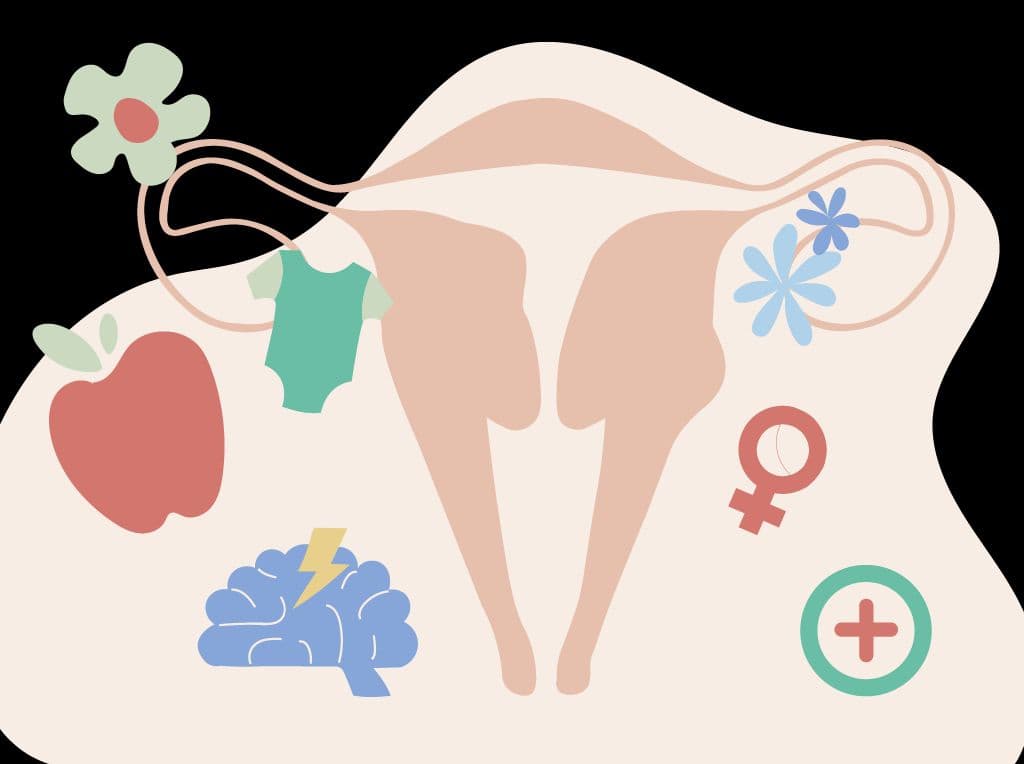This article has been composed by Vaibhavi Kodnani, a content writer at Proactive For Her. https://www.linkedin.com/in/vaibhavi-kodnani-09016a9b/
IUD, short for an Intrauterine Device is a small, flexible T-shaped device inserted inside a woman’s uterus for birth control. It is a long-lasting contraceptive device and recommended for those who want a gap in between pregnancies. It is ideally suitable for women who have given birth at least once.
There are mainly two types of IUDs that one can get:
- Copper IUDs - This IUD contains copper on its surface.
- Hormonal IUDs - Mirena is a hormonal birth control device which releases a small amount of the hormone into the uterus daily.
Here is what you should know about IUDs.
Your doctor will examine you before inserting the IUD
The doctor will first conduct a routine internal examination to determine the size and position of your uterus. They will also check the status of the other reproductive organs surrounding the uterus. The inspection also helps figure out if you are affected with any genital infections. The results will help the doctor choose the most suitable size and type of IUD for you.
The doctor will insert the IUD during your period
Your doctor will advise you to come during the latter half of your period, i.e. during period day 5-7, when the flow is less. It helps ensure that you are not pregnant. You cannot get an IUD if you are pregnant as it can lead to complications. Secondly, when you are on your period, your cervix is open. Thus, the insertion process will be more comfortable and less painful for you.
IUD also works as an emergency contraception
Generally, an IUD is inserted right after your period to eliminate the chances of pregnancy. However, IUD also works as emergency contraception if inserted up to 5 days after having unprotected sex. The IUD prevents implantation and stops the occurrence of pregnancy. This preventive method is highly effective.
IUD insertion is a quick process
The IUD insertion procedure does not take long. On average, the insertion and observation time post insertion takes 10-20 minutes. The process can be slightly painful; you may experience cramping. But, the pain does not last for long. Later on, it does not hurt at all.
If you get a hormonal IUD...
IUDs have an impact on your menstrual cycle. If you get a hormonal IUD placed, you may experience heavy bleeding for the first 6 months. Later on, your period may become lighter and shorter. A hormonal IUD is not only a birth control device but is also great for bleeding disorders, fibroids and likewise. A hormonal IUD is also more expensive than the copper one.
If you get a copper IUD...
For the first 6 months after insertion of a copper IUD, your period flow may become heavier than usual. You may also notice spotting or bleeding in between periods. 6 months post-insertion, your menstrual cycle should return to normal. Copper IUDs are inexpensive. Sometimes, the Government of India provides these free of cost as well.
Copper IUDs are immediately effective
A copper IUD comes into effect immediately after insertion. Thus, you will instantly be well protected from unwanted pregnancies after your doctor places a copper IUD in your uterus.
Hormonal IUDs might take up to a week to be effective
Hormonal IUDs might take up to 7 days to be completely effective. Until then, you must ensure using a condom to prevent pregnancies.
IUDs are a long-term birth control
IUD is a highly effective and long-lasting method of contraception. The length of effectiveness depends on the type of IUD you get. Hormonal IUDs can last up to 5 years. Copper IUDs have various types - CuT 375 is effective for 5 years while CuT 250 for 10 years. Failure rates of IUD are negligible.
Nothing feels different post insertion
You will not feel anything different after getting the IUD placed. You cannot reach the IUD. But the thread of the device is long enough to pass through the cervix and reach your vagina. This way, you can feel the thread and be assured that the IUD is present. If you cannot find the thread, you can visit your doctor to confirm that the IUD hasn’t fallen out or gotten expelled.
For the first 24 hours post IUD insertion...
For the first 24 hours post the IUD insertion, refrain from having sexual intercourse. You must also avoid inserting anything into the vagina like tampon, douche or other objects.
Otherwise, IUD care is simple
After the IUD insertion, you do not have to take any specific care. You must follow the usual genital hygiene practices. You can take over the counter painkillers for mild abdominal pain. However, antibiotics are not recommended after insertion.
IUDs are safe
IUD is a completely safe birth control device. There is no record of life-threatening complications.
However, there are a few complications
Every device comes with its own set of difficulties. There are some complications related to IUD as well.
- Sudden IUD expulsion - there can be a partial or complete IUD expulsion due to various reasons.
- Perforation of the uterus during or after insertion - an accidental piercing of the uterine wall
- Pelvic inflammatory disease - an infection of female reproductive organs
- Ectopic pregnancy - the fertilised egg gets implanted outside the uterus.
- Pregnancy - very rare <1% chance
Watch out for the following warning signs
If you notice any of the following symptoms, you must visit your doctor.
- Heavy menstrual bleeding
- Foul-smelling discharge
- Severe abdominal pain
- High-grade fever
There can also be some side effects of IUD
- Irregular menstruation
- Abdominal pain/ cramps
A hormonal IUD can cause the following:
- Spotting
- Missed periods or no periods
- Headaches
- Bloating
- Nausea
- Breast tenderness
- Changes in breast size
- Mood swings
- Depression
- Low libido
Visit your doctor if these side-effects persist for a long time.
Follow up with your doctor
Your doctor will schedule your first follow-up after your first menstrual cycle post the IUD insertion. You can discuss all the changes and difficulties that you faced. The doctor will also examine to confirm the position of the IUD.

